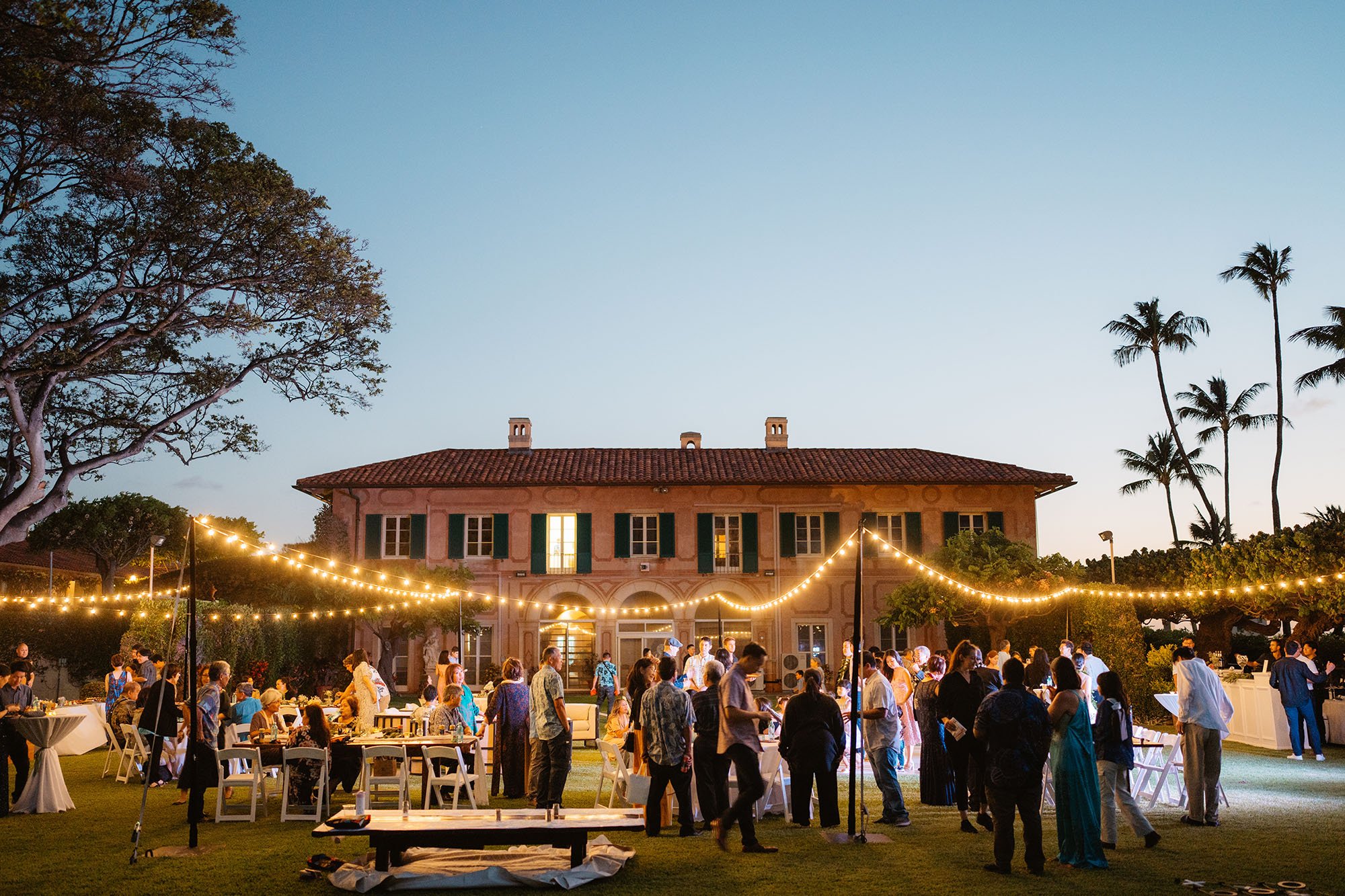Planning a Casual Outdoor Wedding Party in Hawaii
The vendors that we used for our Hawaii wedding party and our experiences with them.
New Year’s Differences: Japanese vs Japanese-American
Here’s how Japanese in Japan and Japanese-Americans in Hawaii celebrate Japanese New Year’s differently.
Initial Reverse Culture Shocks Moving From Tokyo, Japan to Hawaii, USA
These are the initial things that have caught my attention in this early phase of reverse culture shock returning from Japan to Hawaii.


